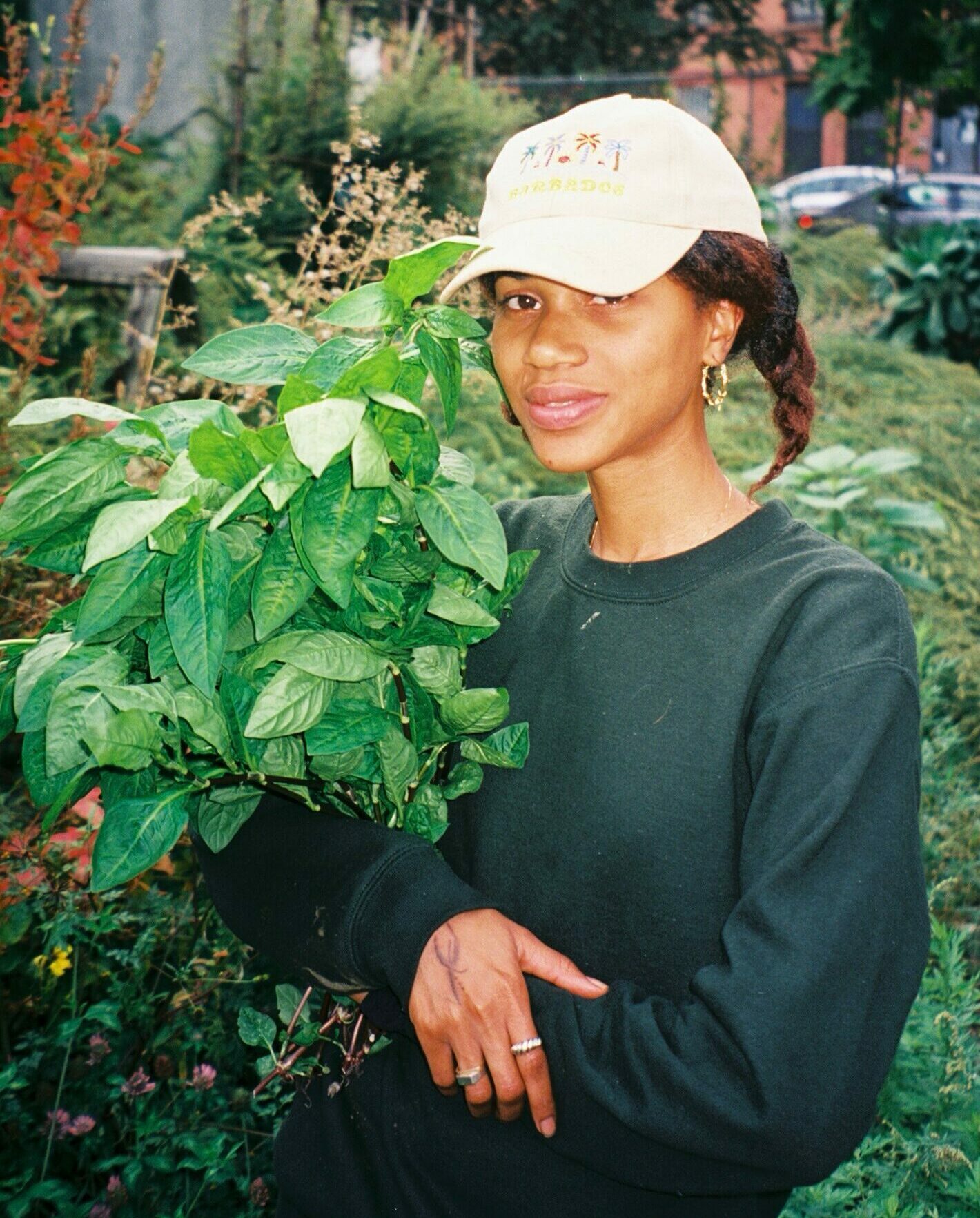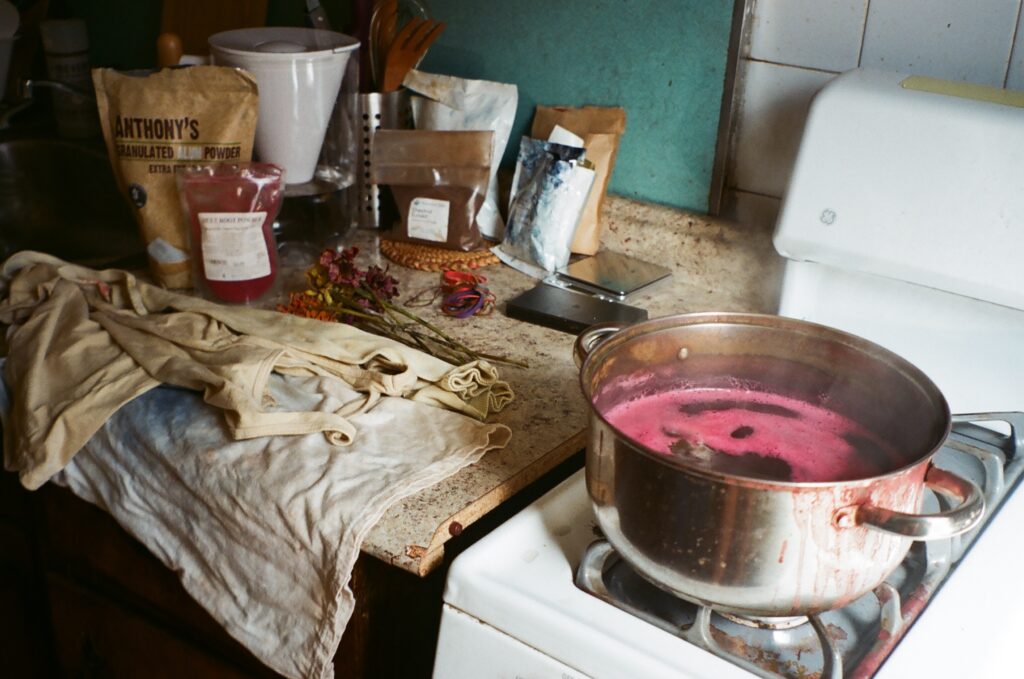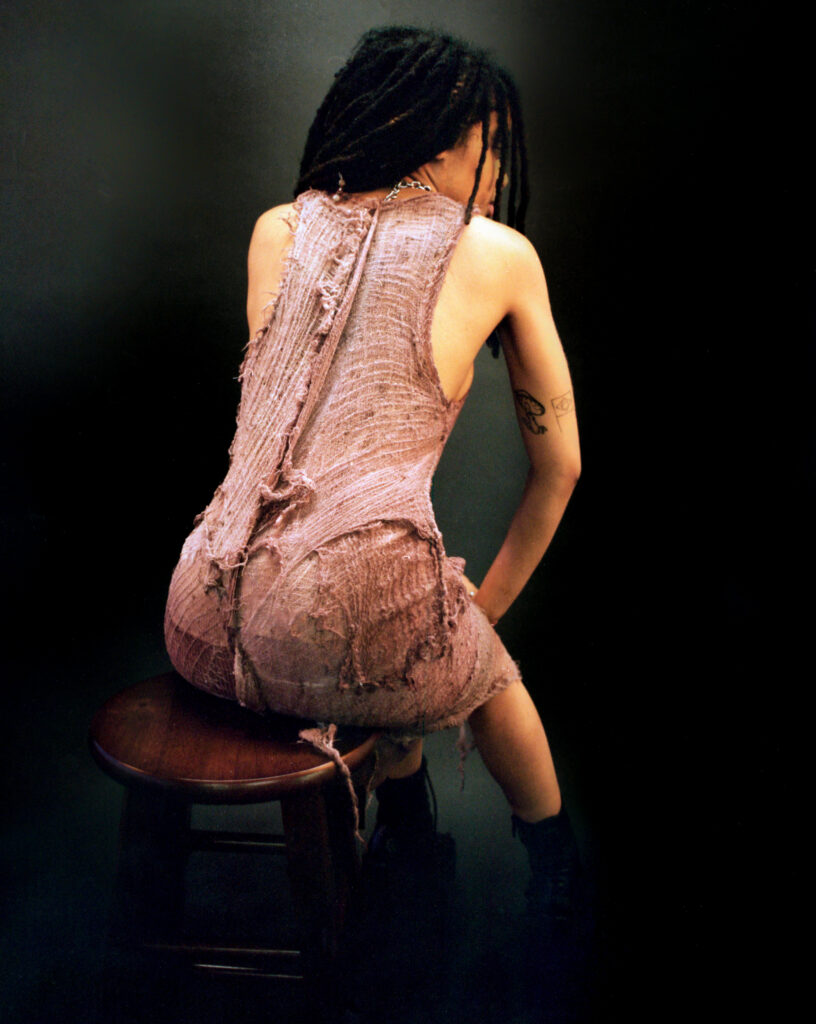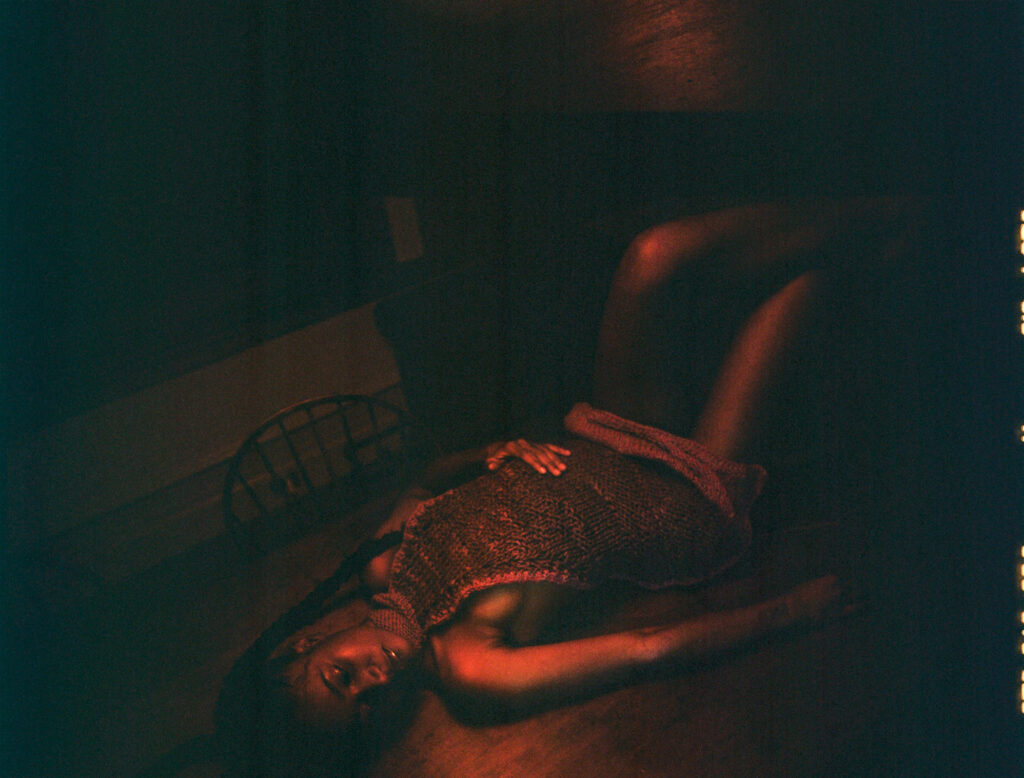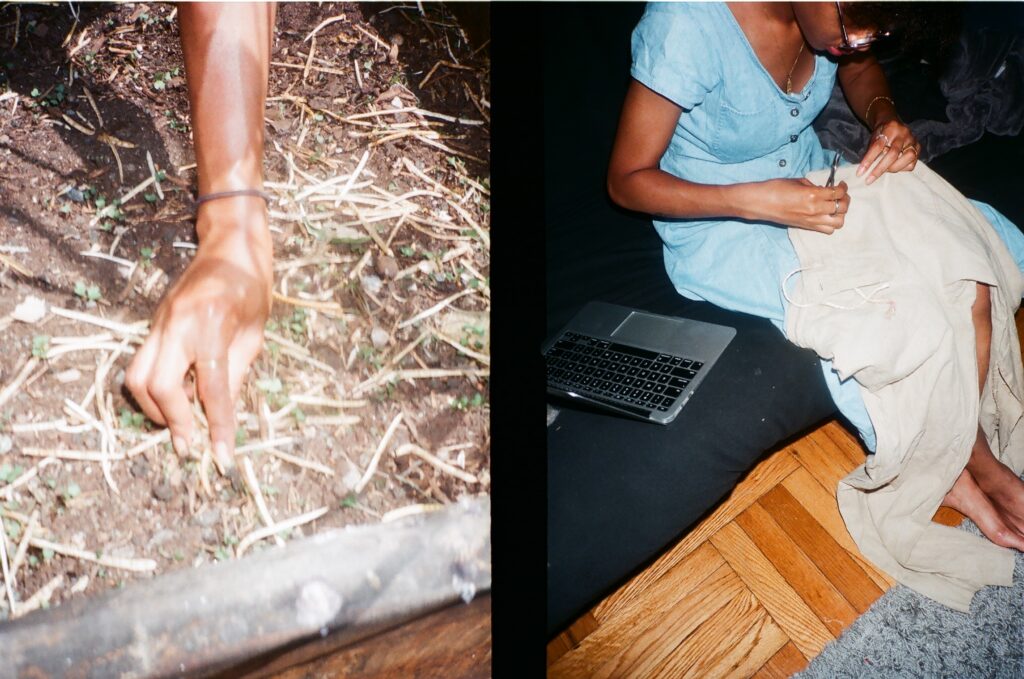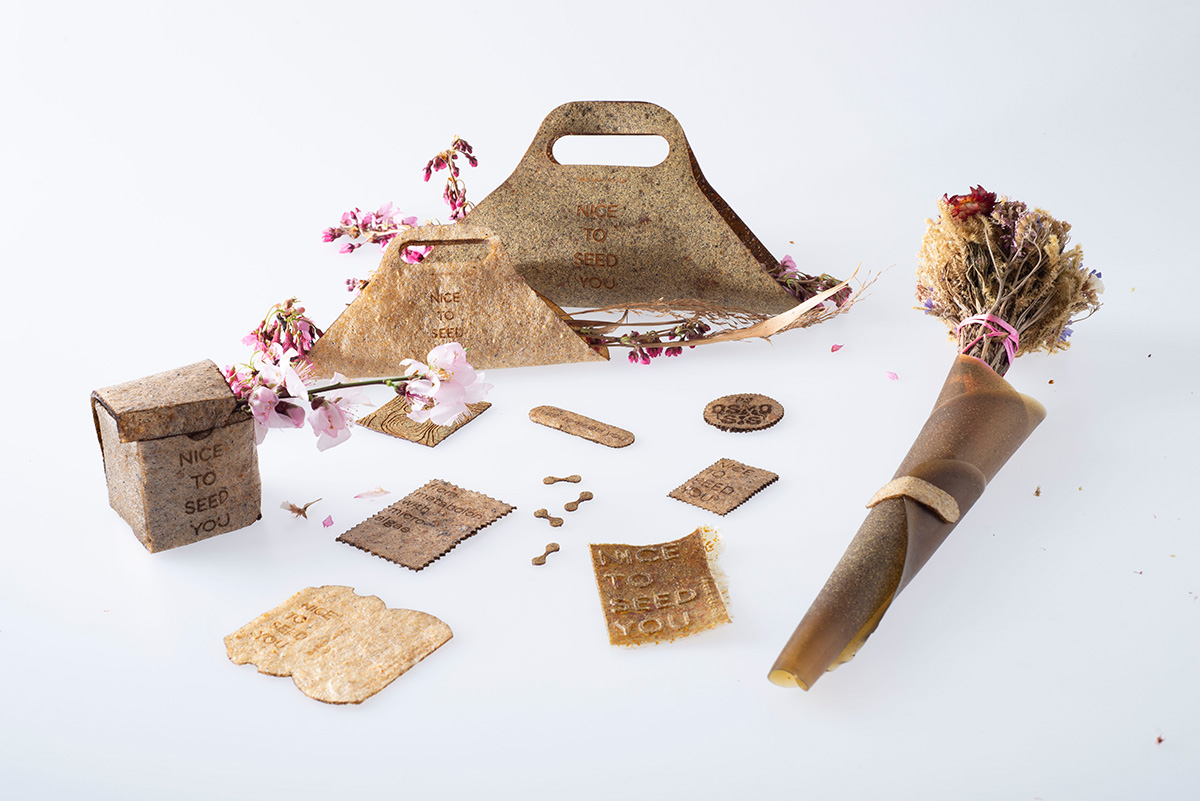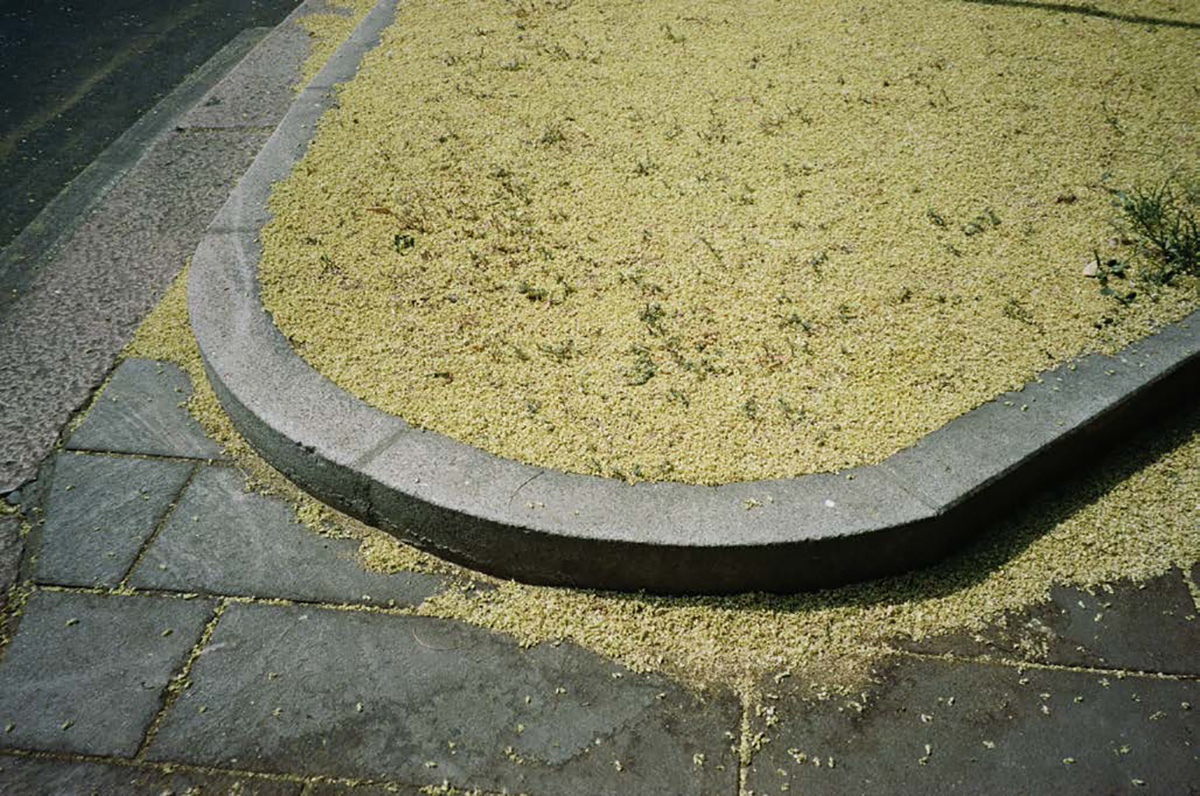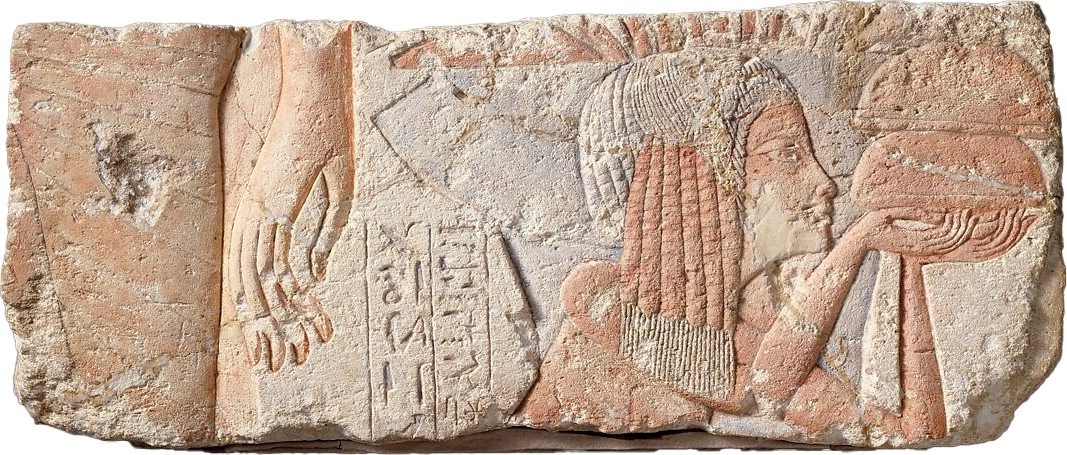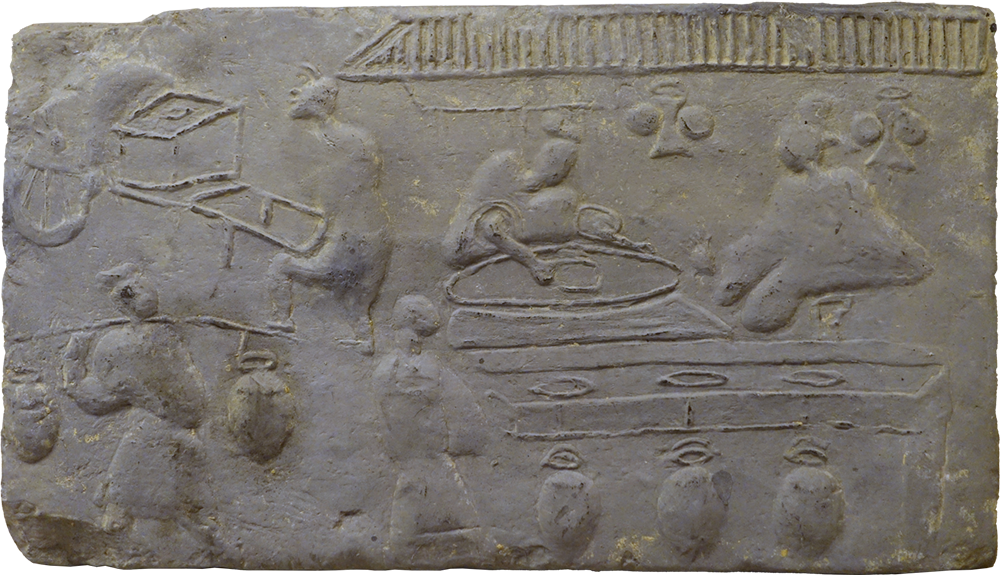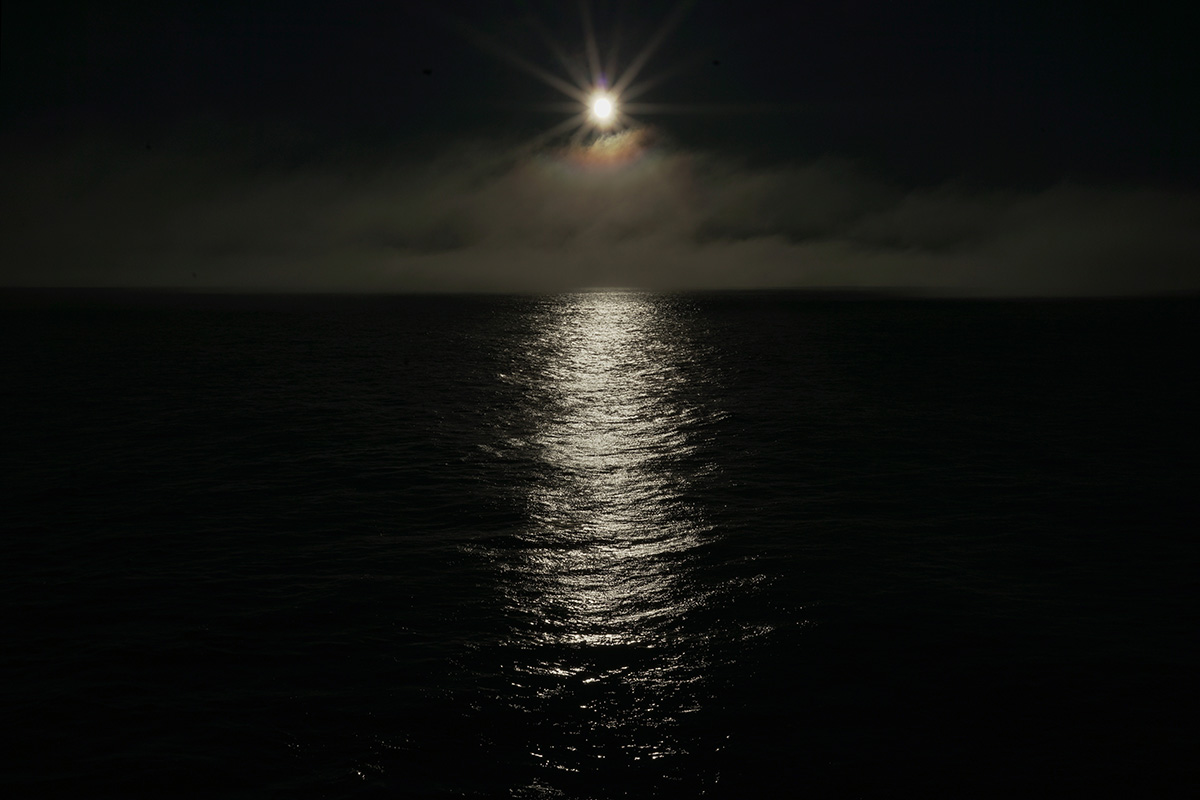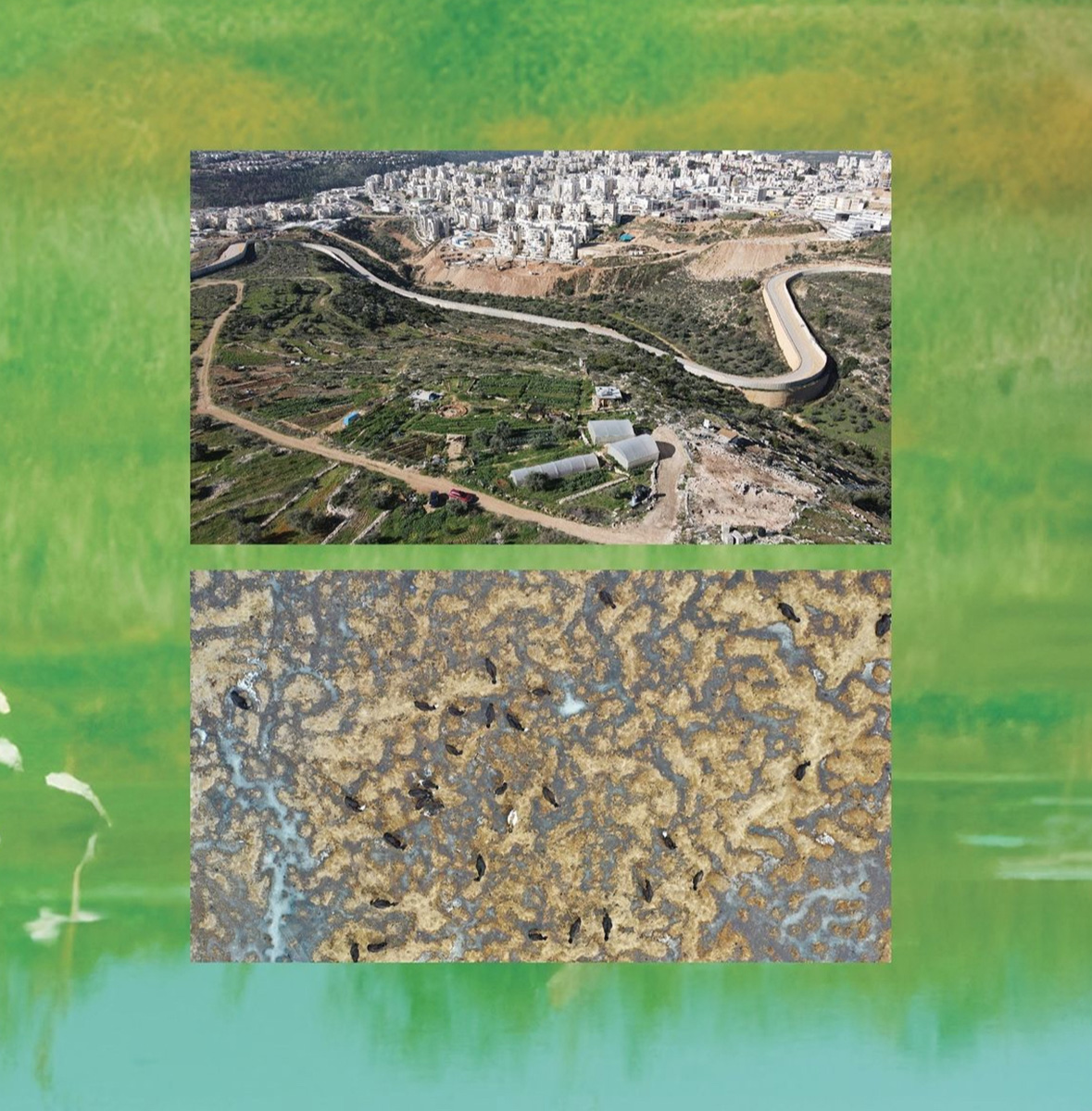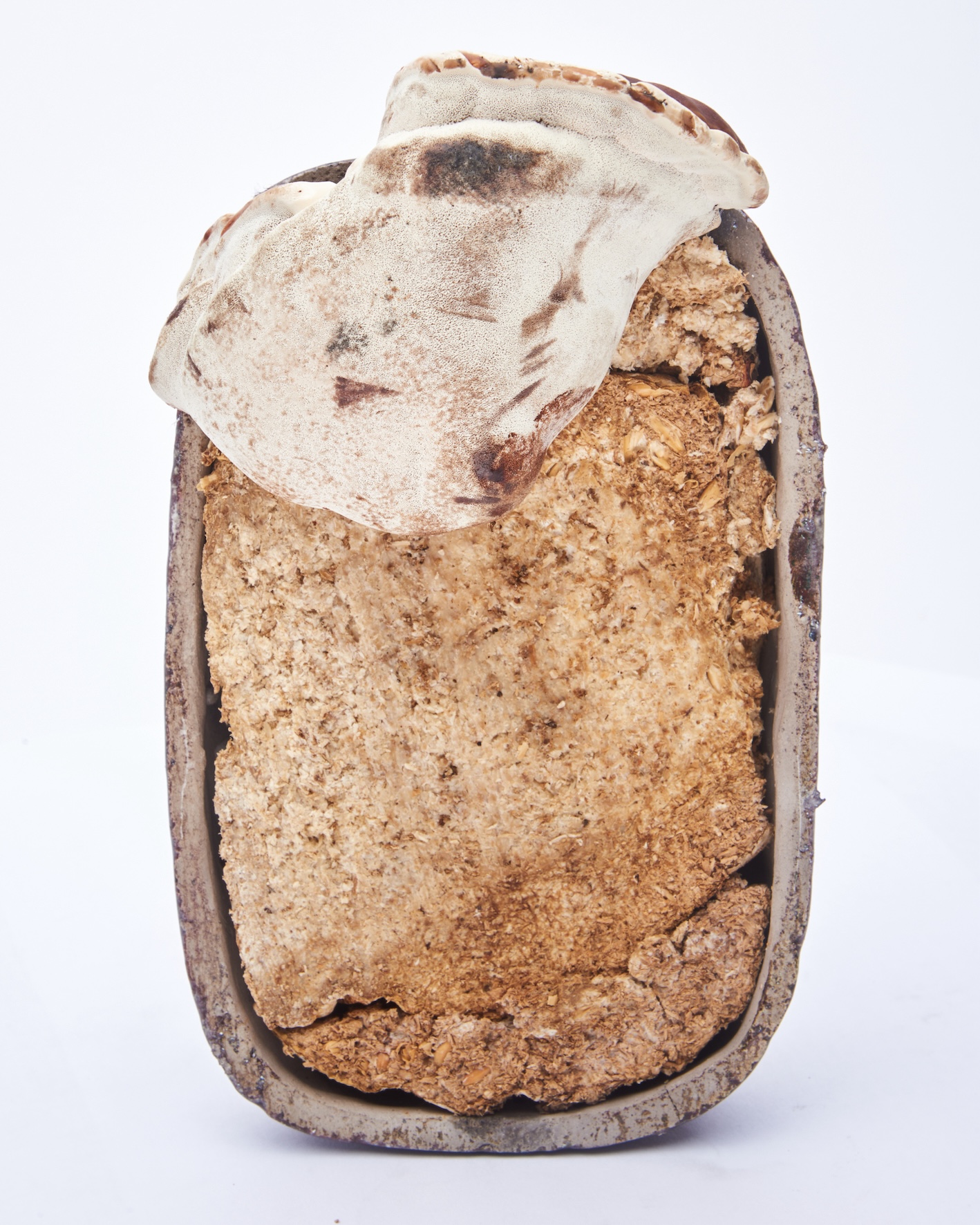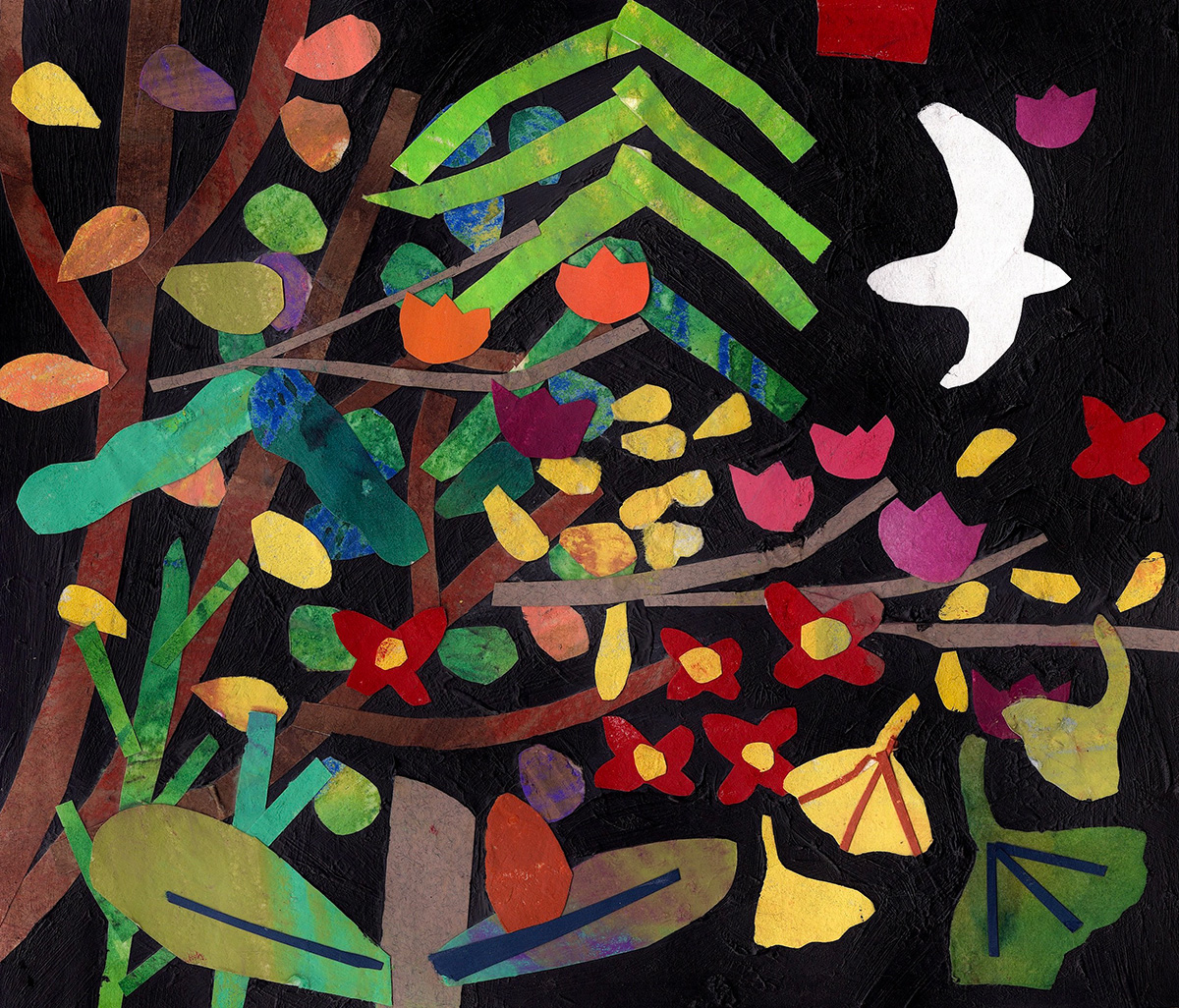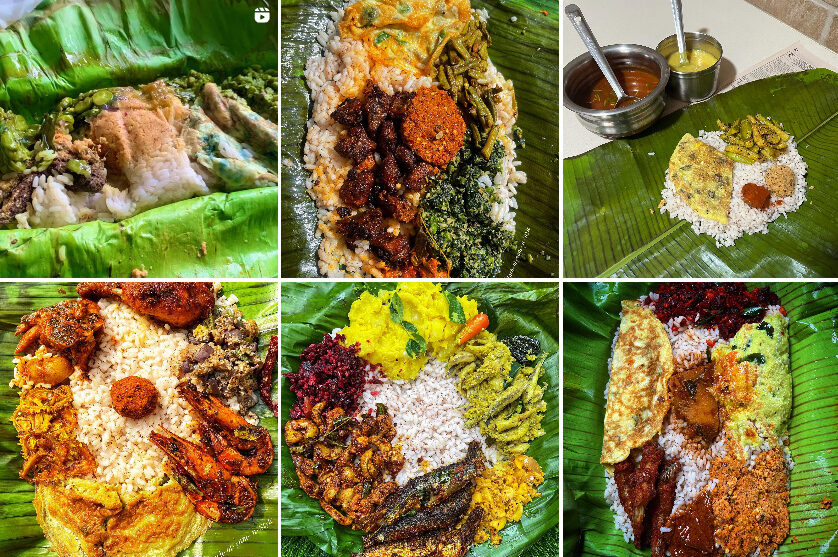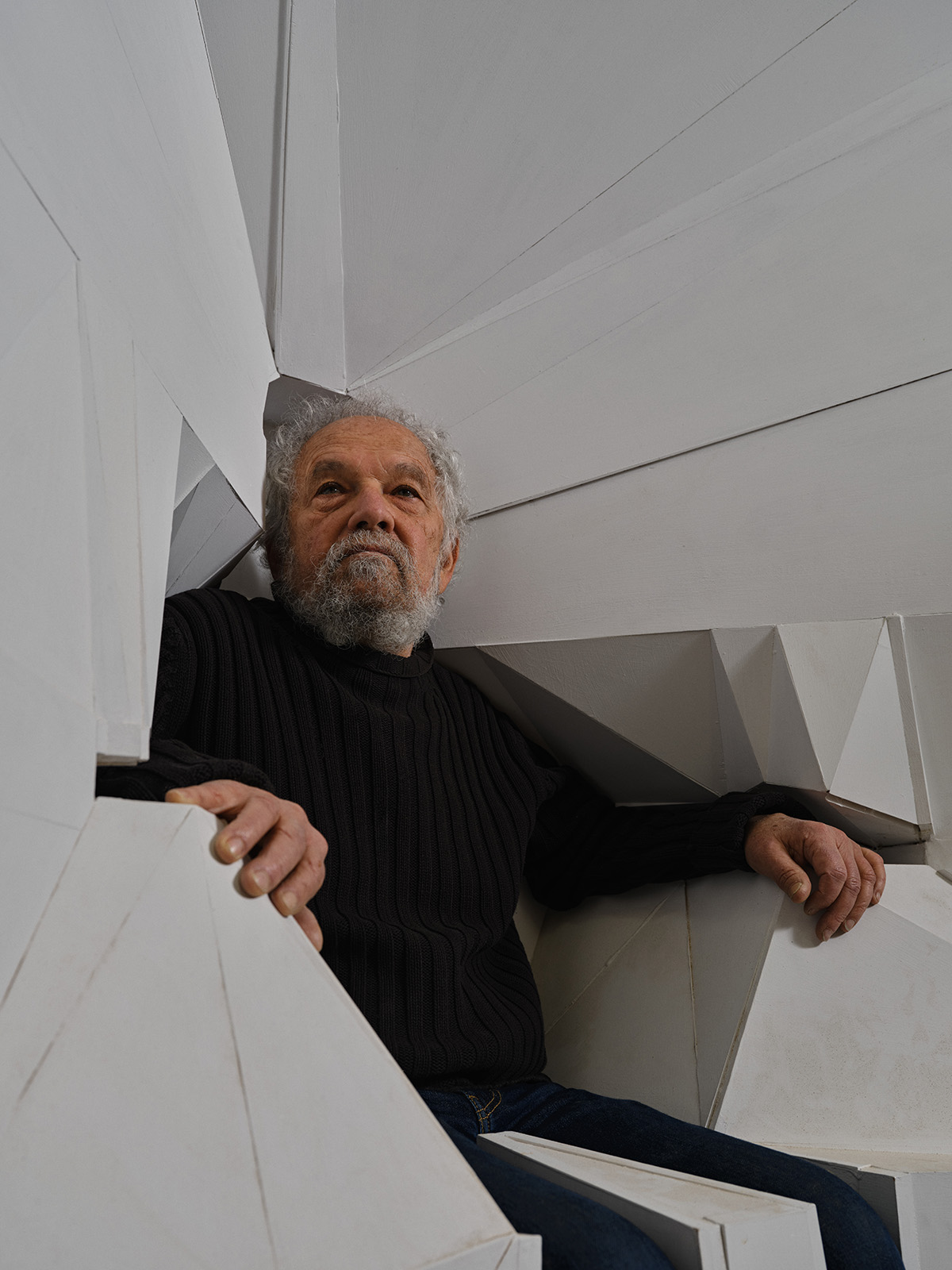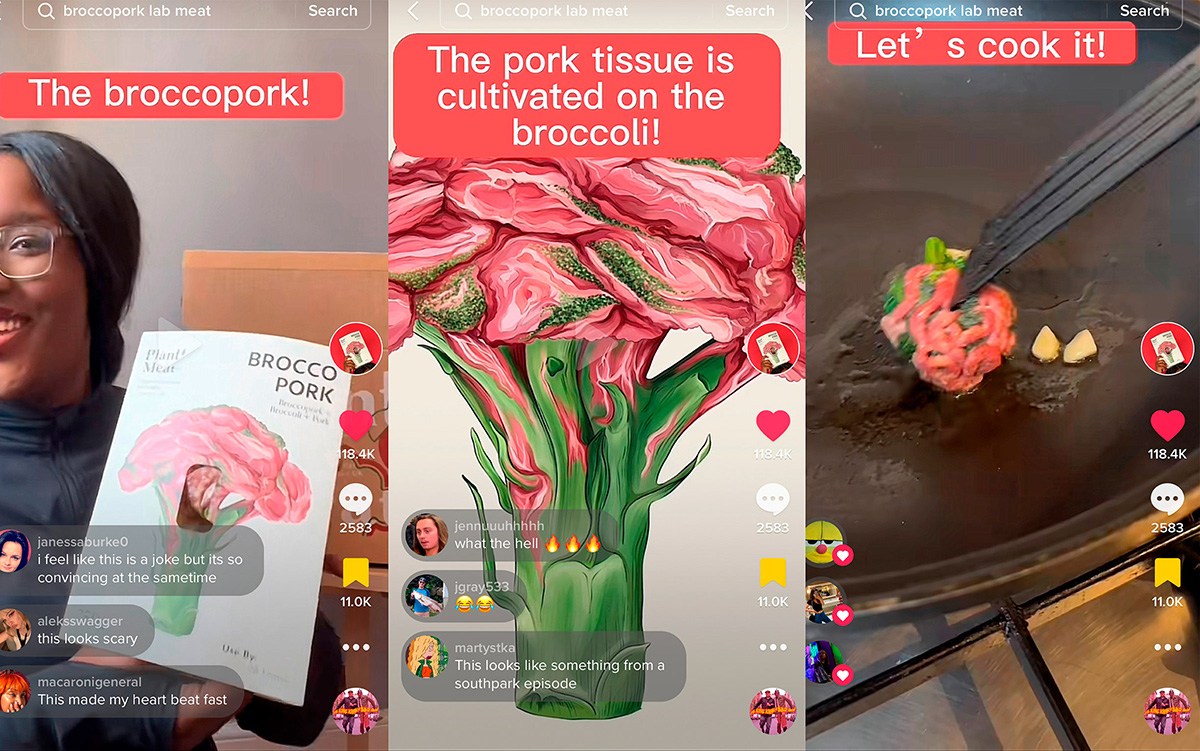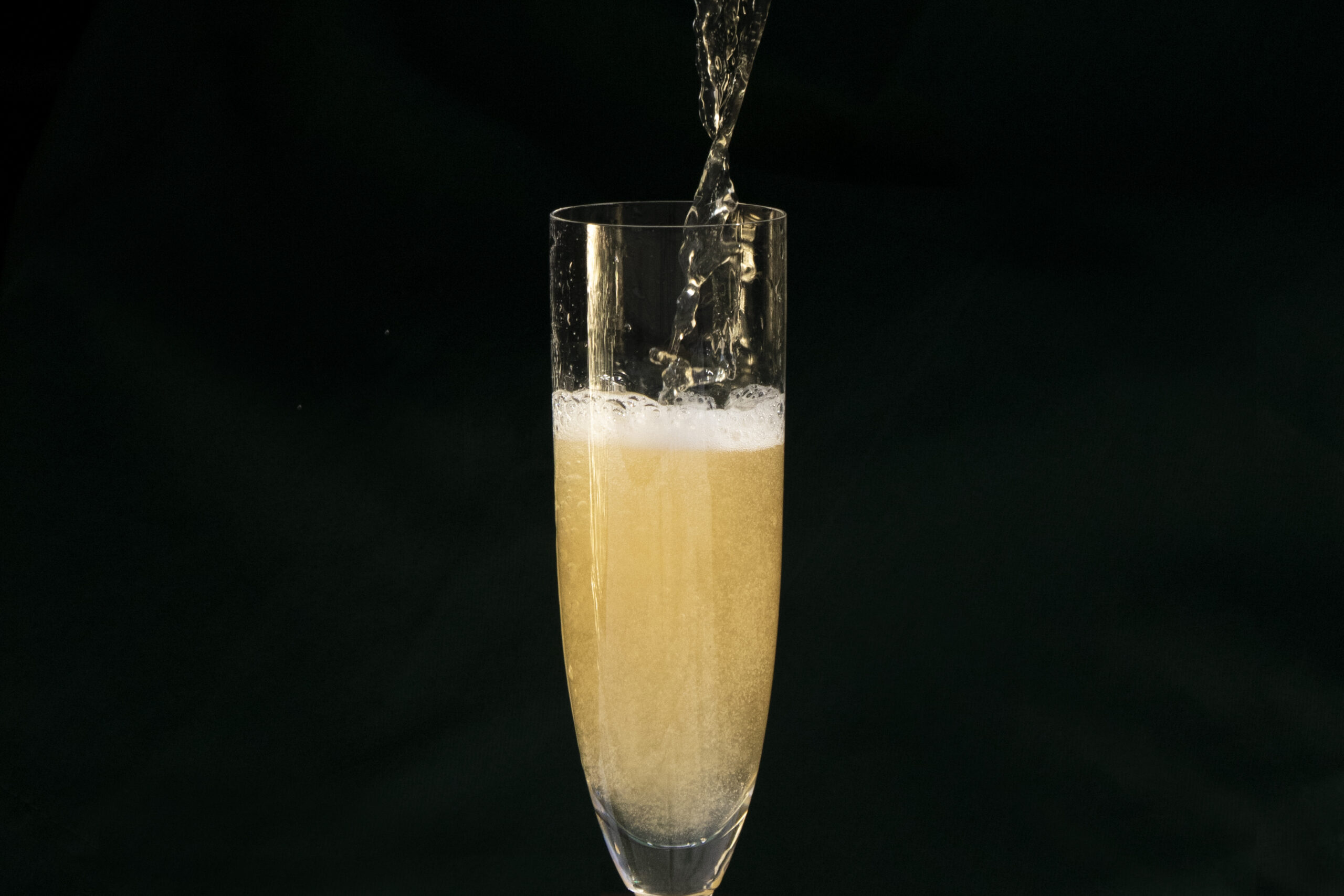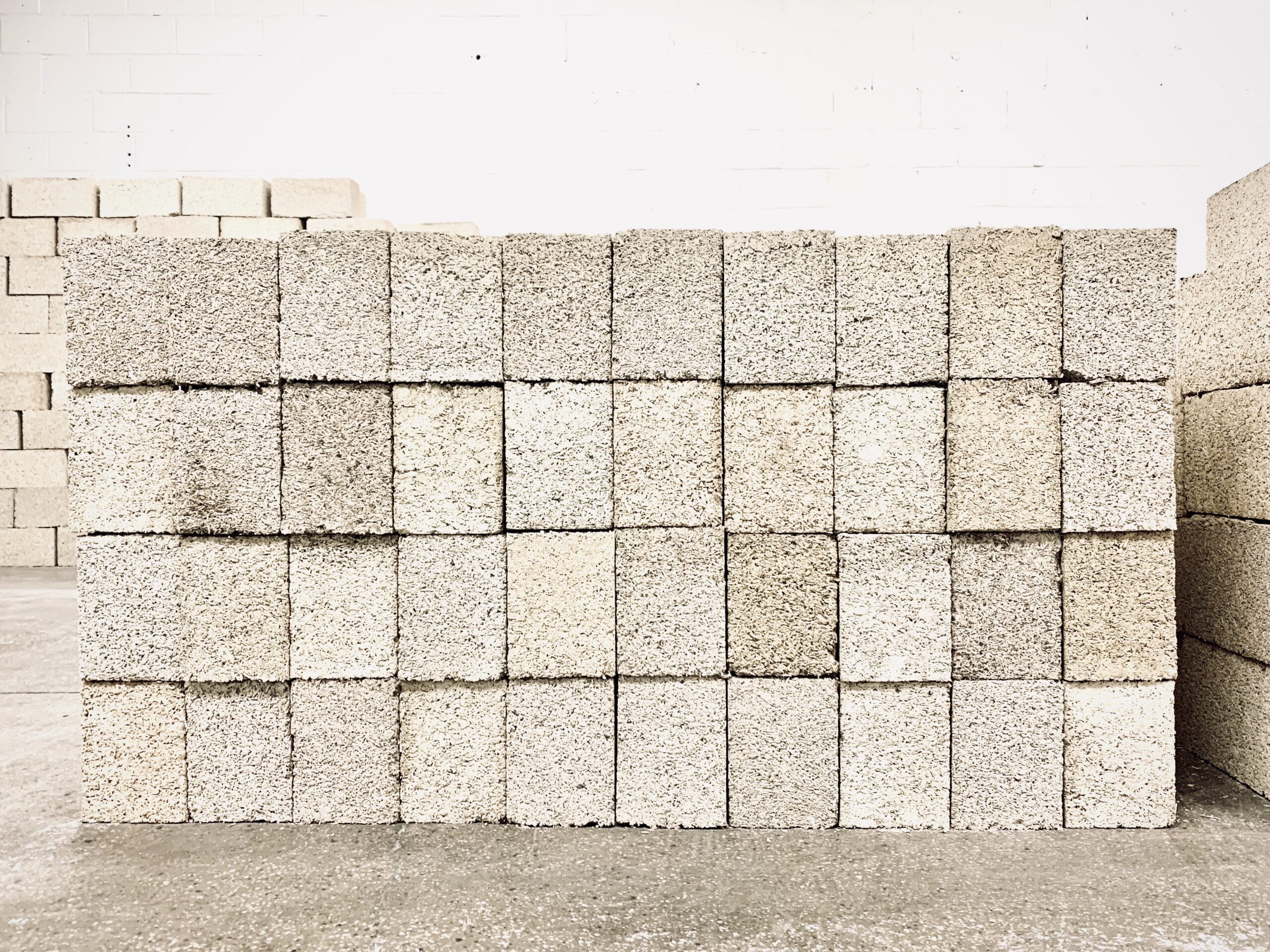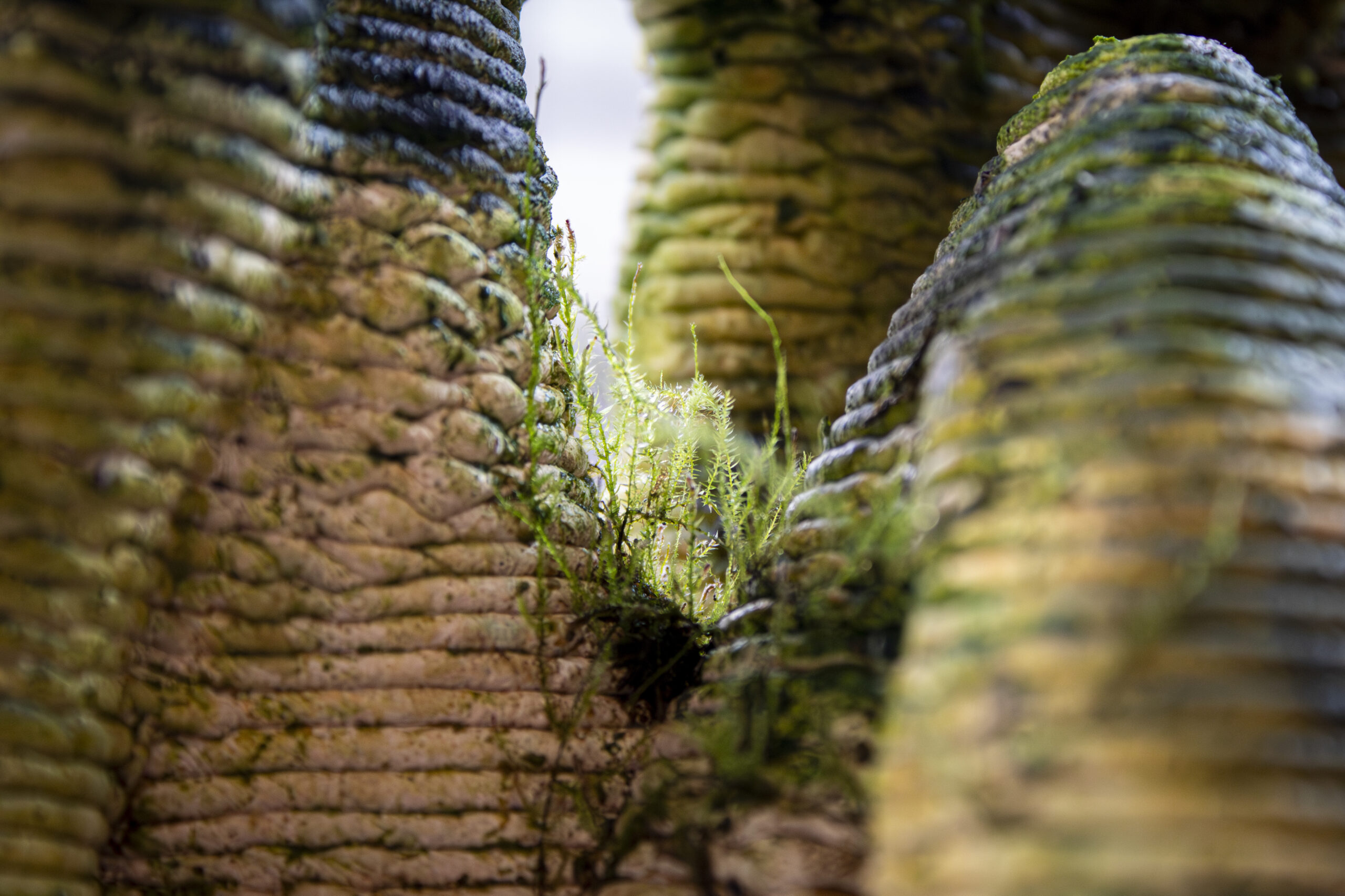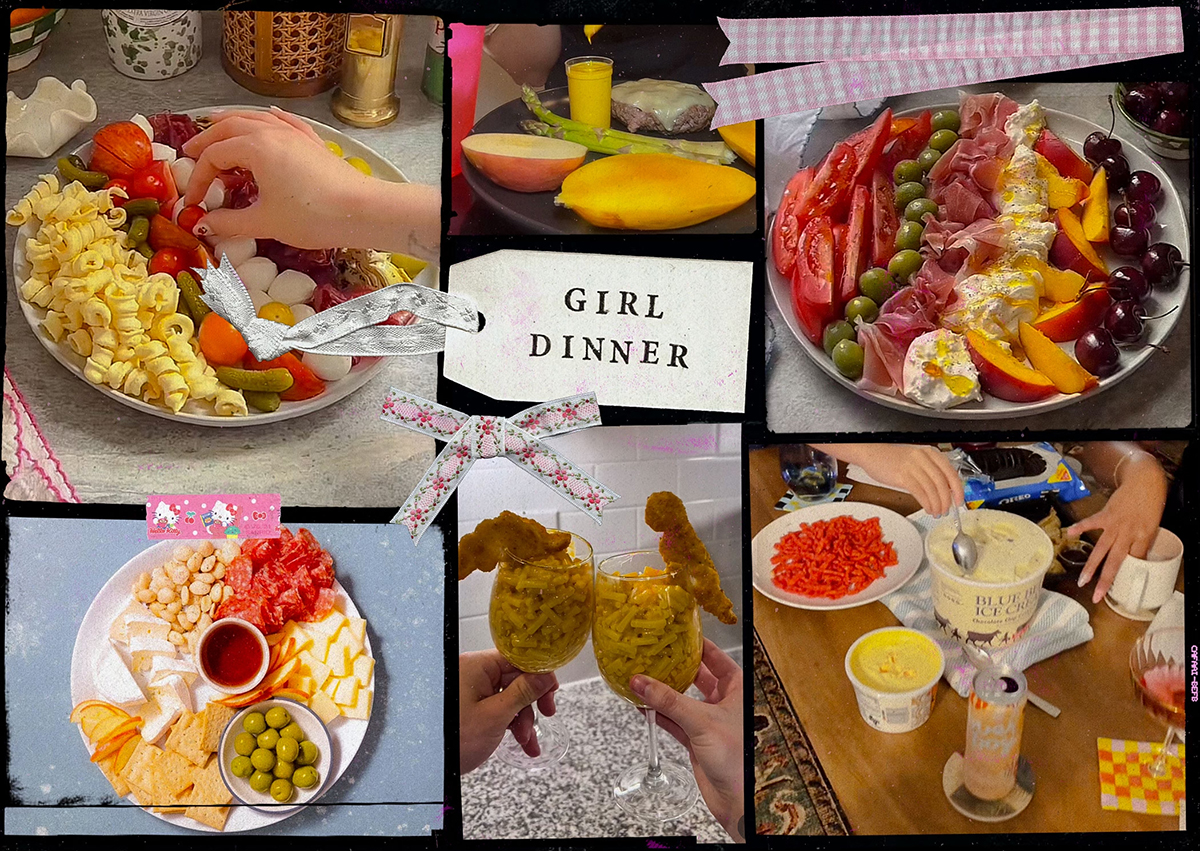Brooklyn-based artist and urban farmer Tajah Ellis grows and sources plants and minerals, employs the elements, and plays chemist to create an almost divine spectrum of natural hues for her Out of Seam fabrics. They are divine not only because they’re beautiful, but because the colors she’s able to achieve take on a depth and richness that can only be the result of something cosmic. We linked for some doubles at Ali’s on Fulton, sat on a stoop, and rapped for a bit about our practices, processes and how we negotiate with history through our work. – N.C.
Nathanael Cox:
I’m interested to hear about logwood and mahogany and your relationship to them and Belize’s relationship with them. Why did they grow logwood instead of sugar?
Tajah Ellis:
Belize is the only English-speaking country in Central America, everywhere else speaks Spanish. This is partially because the English mapped out territories they wanted for logwood excavation. Belizean borders were created according to where they could source timber based on agreements they arranged with the Spaniards. The British were on the verge of their Caribbean reign with Jamaica, Barbados, the Bahamas, Leeward and Windward Islands for sugar, cotton, tobacco, you name it. They wanted to see what was possible within the climatic conditions and geographical infrastructure – it’s hard work being on the land now, imagine then? Mosquito-infested swamps, blazing sun day in and out, sheds created for buccaneers secluded from their families. Both logwood and mahogany were exported as natural dyes and to create furniture, sold amongst the aristocracy. My ancestors had to endure all of this for the Queen of England to wear purple.
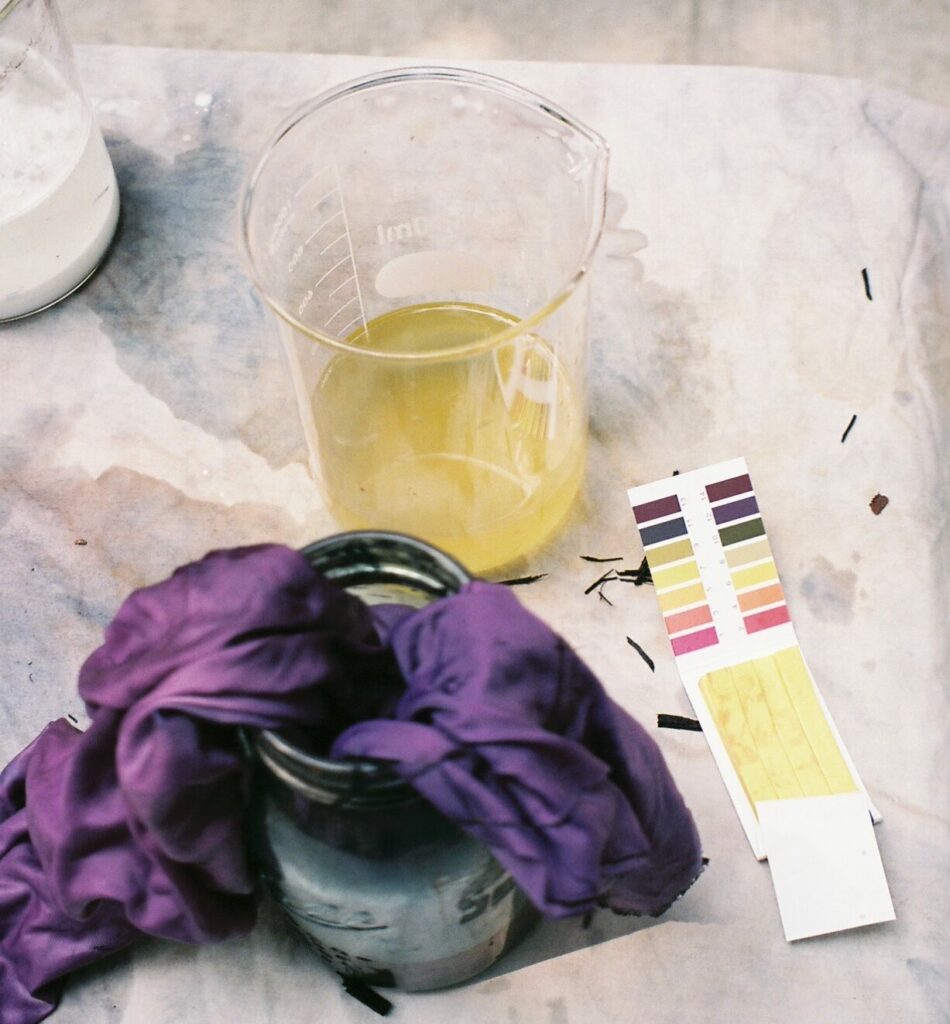
NC:
Every time you use a different logwood sample, you’re not guaranteed to get the same color. How many colors can you get out of logwood?
TE:
Yeah, before going to Belize, I had an initial relationship and expectation of what color I would receive from logwood – deep, rich, luscious purples. When I went back to Belize this fall, amongst researching, uncovering my ancestry and history and putting more context and depth and nuance and personalization and connection to it, I started getting blues. I wasn’t doing anything different so it was definitely an “Oh shit” moment. Now I’m like, okay, baking soda [creates blue]. Opening those portals and connecting with the elements in a visceral way shifted so much. The waters are different, the sun hit different, the air hit different.
NC:
Color be different if you make it a different time of year.
TE:
Yeah. Exactly. It’s interesting thinking about people on the other end who are ordering and buying the clothes because there’s an expectation of how something should look. The end result is a surprise. There’s an allure to not knowing and the excitement upon discovery should be treasured.
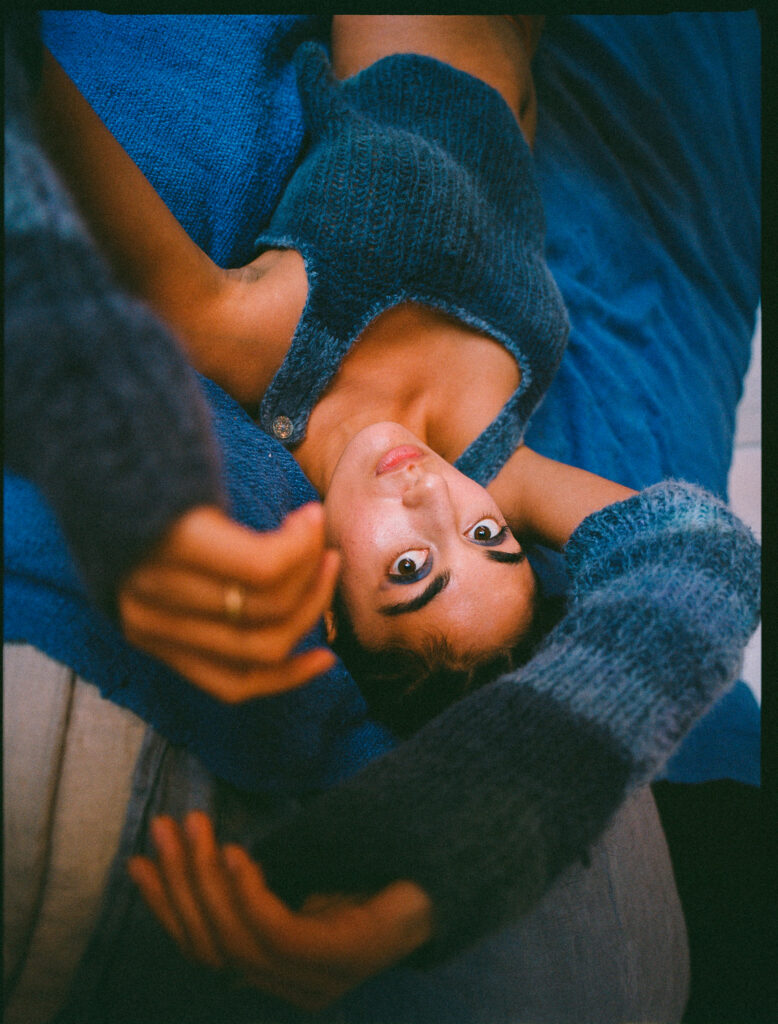
NC:
Exactly, the making is what’s exciting about it. It’s the same thing for me. What have you learned about the chemistry [behind natural dye]?
TE:
That’s the fun part. Connecting with other natural dyers has been fulfilling because we all learn from experience and it’s different for everyone. I’m not the best at science. I came into the game out of curiosity and wanting to connect with the medium as a healing modality. I’ve honestly learned so much about myself.
The modifiers and mordants are a big thing within natural dyes. For example, vinegar and baking soda can be modifiers. Ingredients that are acidic or alkaline are the main attributes that shift color as well as the elements—water, wind, sun, air. The chemistry is being able to add and subtract different components and distributions. I was working with a lot of iron through the winter because it deepens and darkens color. The chemistry provides a formality and structure that creates predictability.
NC:
It’s really a self-learning process. And what you said about modifiers and mordants, baking soda and vinegar do certain things to food also. For buttermilk pancakes, you can make a replacement for buttermilk by putting a little bit of vinegar in milk, it makes it curdle.
TE:
Does that taste good?
NC:
Well, buttermilk is a little bit sour anyway. So it gives it a tangy edge. But the chemistry of these pancakes is there’s also baking soda in the dry mix and then you fold it together and baking soda and vinegar react to each other so that you put both of those in a pancake batter. And then when you add heat, it helps give it lift, because the baking soda and vinegar are reacting to each other. When I make it, the batter’s so thick you would think it would be super dense, but because it’s reacting within heat, it creates all these bubbles that make it fluffy. You can watch it rise.
TE:
Baking soda and the vinegars are so common, it’s like first grade science class. It’s essentially a foundation for you to manipulate.
NC:
Tell me about play in your work. Both of us have similar backgrounds where we didn’t come from an academic standpoint. I was taught by my aunts and my mom to measure by eye, everything by feel, so every time I make something it’s never exactly the same.
TE:
I know exactly what you mean. It’s for that moment.
That’s exactly why I emphasize the process. The product isn’t really the point, it’s how you got to that point. Our current society is so product or goal driven with deadlines and due dates, there’s not really an allowance for the unfolding. I had this client who sent me a picture of something I’d made and I knew the steps to get to that color – logwood, some baking soda to alkalinize it to blue, some lemons to naturally bleach it back down to a yellowish-white. I knew how to do it and I was trying and trying but I simply could not repeat it. It simply was not what I was able to produce at that moment. And so, I was like “Oh my God, fuck.” But I don’t wanna approach my practice like that, I wanna let that purple turn to pink. If it’s supposed to be, that’s what it is.
NC:
Exactly, when I do [restaurant] pop-ups, the menu is different every time— I haven’t done the same dish twice yet.
TE:
I actually do love that about your work though.
NC:
I do that because that’s what makes it fun. An approach to practicing that I have is to do a thousand things instead of doing one thing a thousand times. Over time, the first 100 are gonna influence the second hundred.
TE:
That’s what it is. And it still tastes good. It’s just a different taste. It takes an enormous amount of humility to accept what you’re given and be grateful, to know what you receive from the creator at hand is channeling something special. Sometimes I wake up and get a huge range of color from one dye material. Other days, I wake up and my yellows are so dark. There were three months straight when all my colors were so dark. They weren’t rich or vibrant and I couldn’t understand why. It could have been my pots, it could have been any number of factors, but it’s also where I was mentally and emotionally. It’s a great reflection.
NC:
Beyond dyeing, how did you come to the design aspect of your work?
TE:
The lack of formality within my training has allowed me to be very open-ended. There are no real limits. I just wanna do cool, fly shit that resonates. That creates a different expectation on how I see material and its utilization. The people I’ve connected with allow me to expand any ideas I have, they’re able to bring a practicality to the vision with their skills. Right now, The Exoskeleton Dresses are really popular. But it’s literally cotton gauze. One day, I was using cheesecloth and it touched the dyes and absorbed the color in a way I’ve never seen before. I ended up having too much of it and needed ways to reconfigure how it appeared — it was a reinterpretation, a flip, through boredom honestly. Resourcefulness is a huge part of our approach to design.
NC:
There’s so much in the Caribbean. Just as far as all the different things that are available and all the different uses of the things that are in nature, it’s a really abundant region.
TE:
Yeah. And that’s the beautiful thing. But it hurts sometimes, especially within the field of eco-consciousness, at large and natural dyes, specifically – I was expressing this to my father during a rant the other day because it’s very frustrating – the global minority, aka white people, have control of so many narratives, some people see them as the bearers of wisdom because they’re selectively revealing what we have lived to be true for eons. They’re the ones going to be on the shit end of the stick if any of the systems they’ve created start to kill them. Not us. This is my ACTUAL bloodline. This is your birthright, my birthright. We have to reclaim and restore what has been stolen because it’s happening blatantly in so many overt and covert ways.
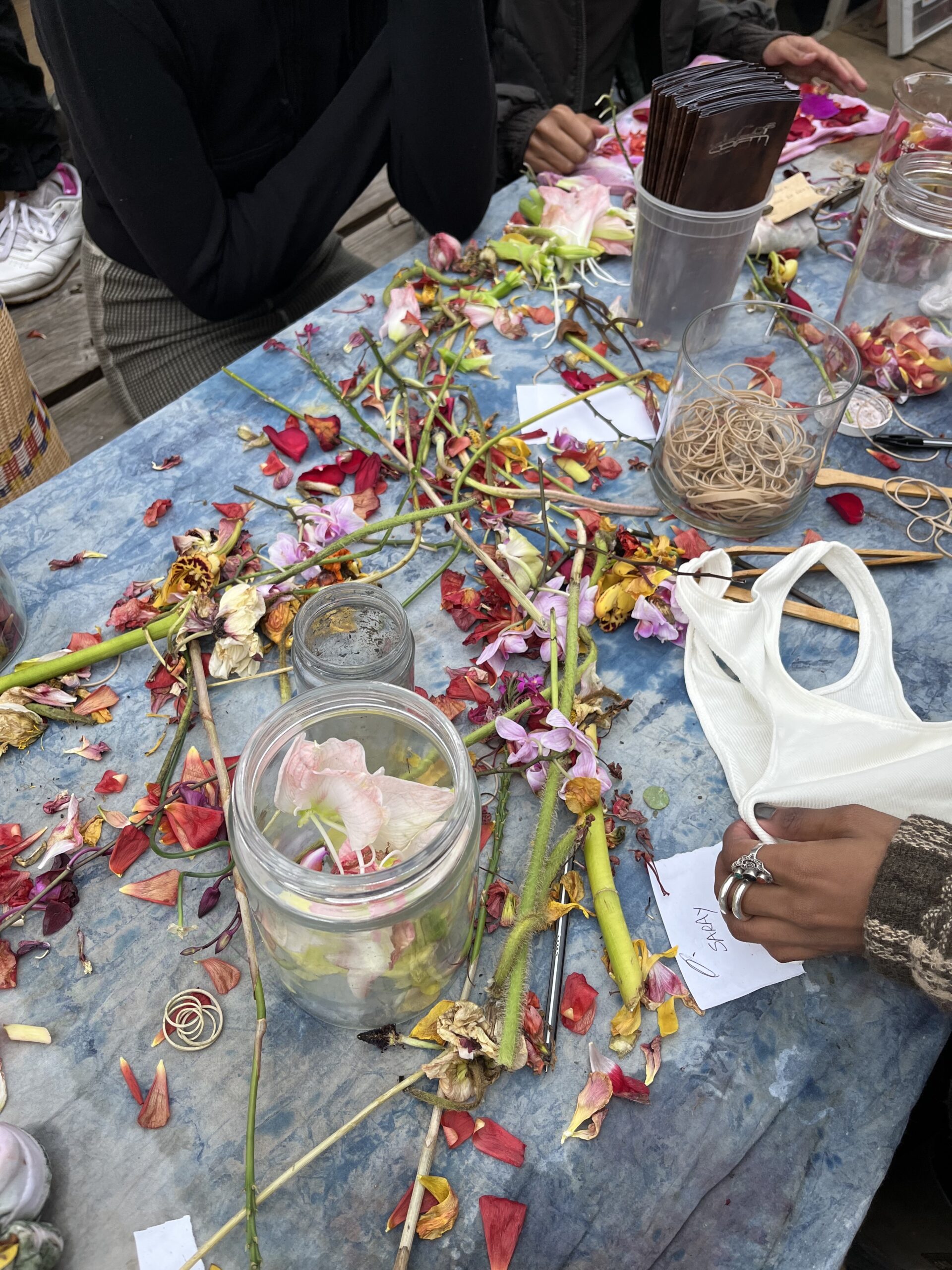
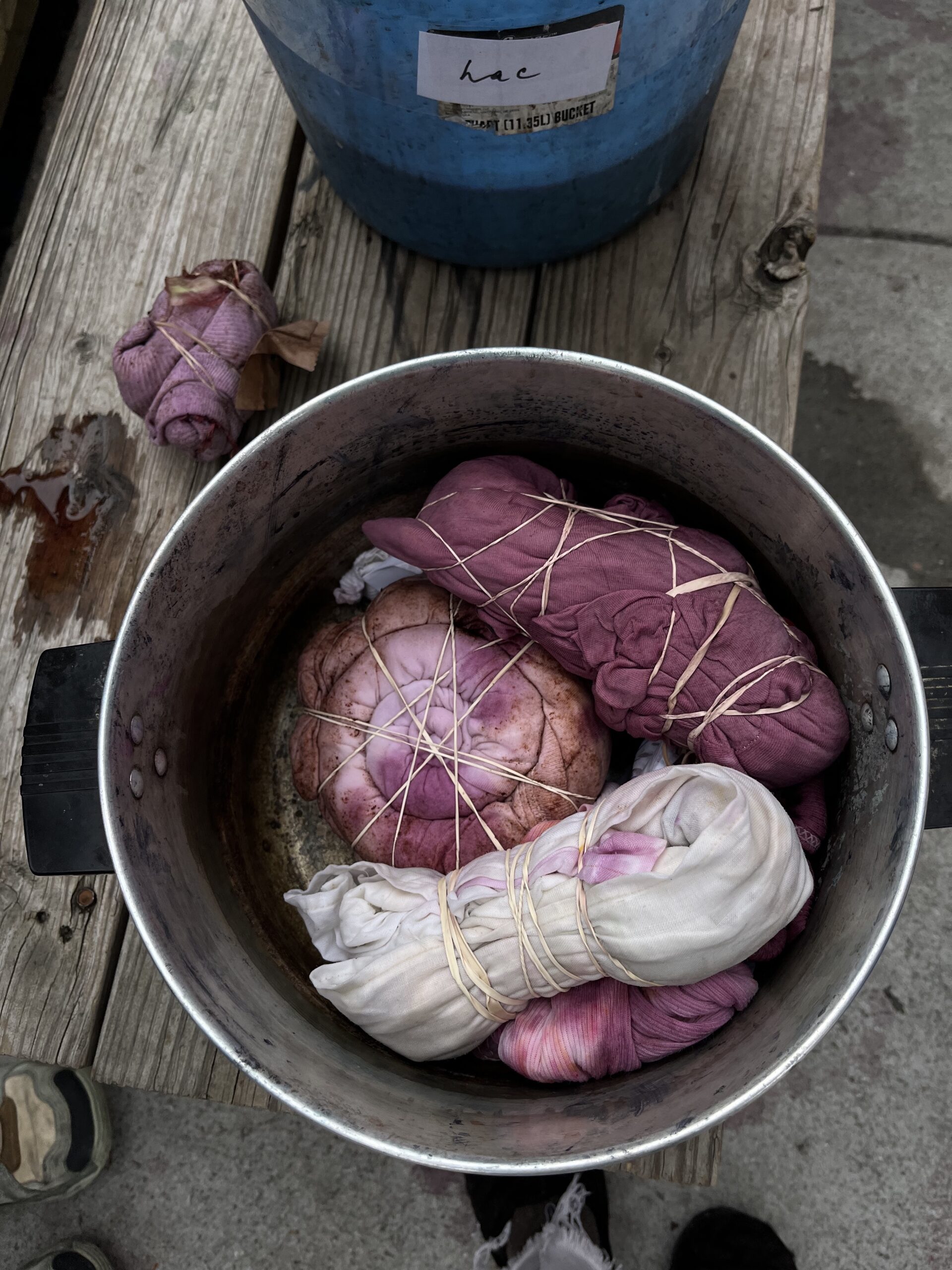
NC:
Being colonized by the same places, we also fundamentally eat the same things.
TE:
Rice and beans.
NC:
Right. We might prepare it a different way, but it’s all kind of the same thing. And based on what’s grown or what’s available or what’s traded. I might learn about a dish from another culture that I had no idea existed before, and it’s immediately something that I recognize. Like a the first time I ever had feijoada, which is a national dish of Brazil. So good. It’s a black bean stew–
TE:
Oh I think I’ve had this.
NC:
–with all types of meat and stuff. It’s like usually off cuts because it was the food of the enslaved. It’s what was previously thrown away. A lot of that shit is super expensive now. But yeah, the first time I ate it, it, it reminded me of stew peas, which is pretty much the same dish, but made with kidney beans, and then it has like dumpling in it, they[Brazil] use the what do they call it? farofa, the dried cassava meal. In Nigeria and Ghana, they have gari, which is also like dried cassava meal, that’s fermented. Well, I think maybe only the Ghanaian one is fermented and Nigerian one isn’t. I’m not sure. But the cassava meals, that’s something that’s like translated over from west Africa. There’s like, I don’t know, like Sofrito and there’s epis.
It’s different ingredients, but it’s all fundamentally the same thing, cooking a lot of the same ways, and it’s informed by culture and history. And that’s been like really exciting for me to find a different way of learning how to cook. It’s learning the same things over and over and over again. But there’s endless possibilities too. And I feel like that relates a lot to like the dyes where you could do pretty much the same thing and you just tweak it in a way, you treat it a little bit differently and you get something that’s like totally different. You go from purple, it’s a blue or green, you know?
TE:
One of the reasons I went to Belize this time was so my great aunt could teach me how to knit. She was very patient. I got certain thoughts out of my head and was very open and present and able to recognize the patterns, you know? I learned to appreciate a different approach to ideas, a different perspective, ideology. I learned how to learn. That’s why the collaborative aspect is so paramount to Out of Seam Creations come from conversation and connection, beyond just humans. It comes from moments like “wow, butterfly peas can be in drinks… but they make blue”. Or, beet root powder – also a dye. Or, avocado seeds, which make pink. All of this food is circulatory, in its own way. Chamomile, beautiful color. I’ve been working with Swiss chard- such a cool yellow. Reusing all the life in my kitchen.
NC:
Cooking.
TE:
I’m literally cooking.
NC:
Anything green could be used to make something green. It’s chlorophyll. There’s a reason why it’s green.
TE:
Yeah, exactly. Exactly. The same tannins and flavonoids that create the taste creates color. And that’s what creates the style, you know? Your flavor, your own magic touch.
NC:
I call it the wrist. I could show you how to make something and you could use the same exact ingredients and the same quantities and everything, but your wrist is not mine. So it’s not going to be the same, but that’s the beautiful thing about it.
TE:
Nah, that’s really the beautiful thing. People hit me up like, “How do you do this? How do you do that?” I could give you the recipe, but there’s nothing like the experience of your own. That’s the interesting part of how we both approach food and natural dyes – activating yourself, beyond the Youtube tutorials. And the invigoration that comes when you’re like, “Oh, I got it!” What failure creates is success. A hundred times creates that one time that it actually popped off… but you were doing it the whole time! That act of learning creates a different standard.
NC:
From being an urban farmer, what have you learned about the food system or what has surprised you the most or pissed you off the most about the food system and how does that impact how you engage with your work?
TE:
Wow. I have to think about that.
NC:
How I feel about art in general is that like a lot of it just takes up space, and especially in a modern context, I have a serious problem with making things to just take up space, you know? And it kind of goes back to what I was saying before about food having inherent function. It really influences the way that I think about things like sustainability or accessibility to food, and especially in some of the context of some of the spaces I can move through.
TE:
It comes down to exposure. Who, what and where is seen as worthy. And that’s the thing about capital. There’s a worthiness that’s attached to superficiality but the people doing the real work are in the shadows, reaping internal rewards but not externally valued. Being an urban farmer is imperative to the connections to myself, my lineage and my practice. I’ve been volunteering at Tehuti Ma’at Community Garden in Weeksville, Brooklyn for almost 5 years now, more seriously in the last 2. You know how many times you could feed the world? It’s so simple. We have to take care of and value ourselves.
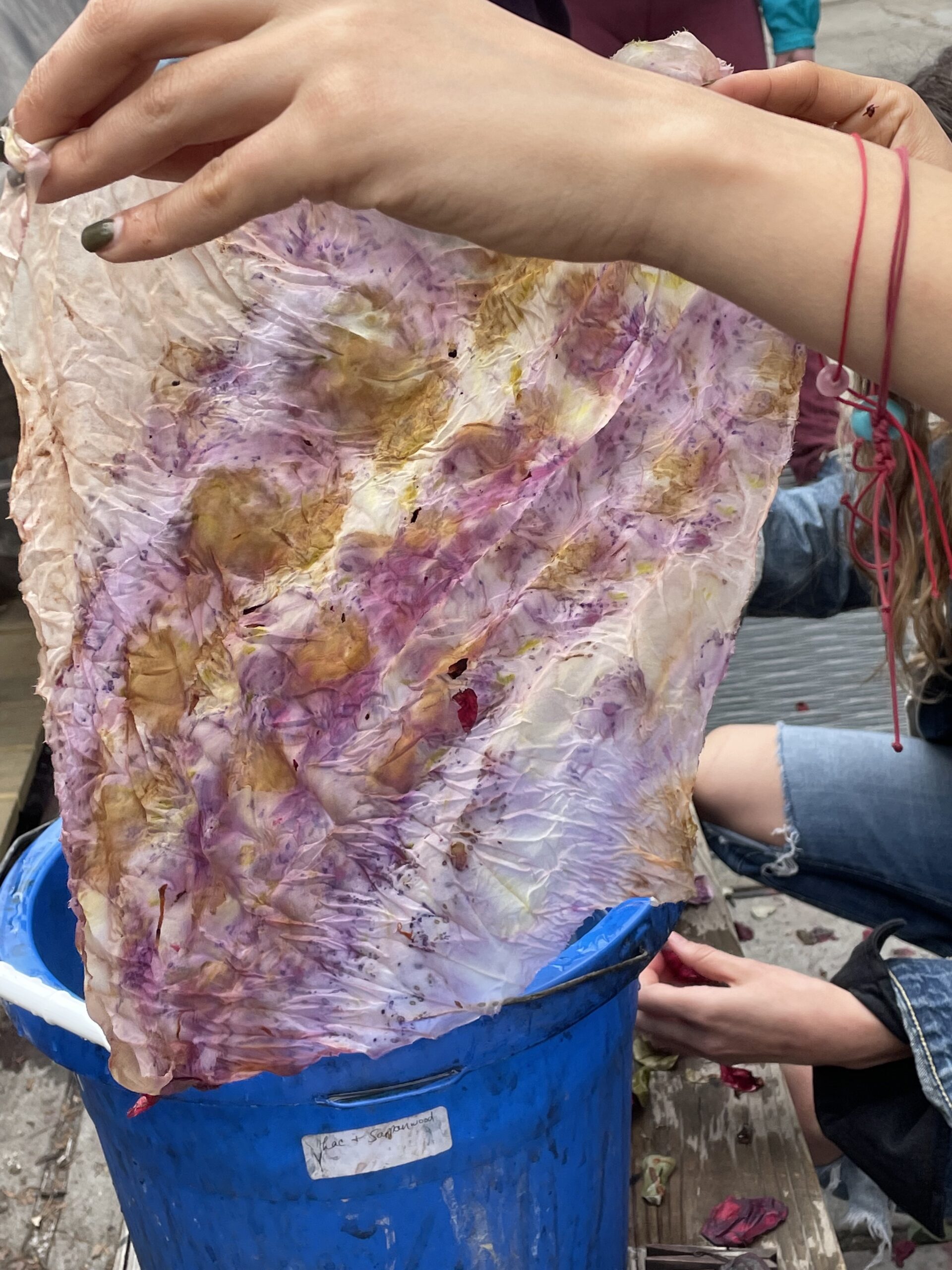
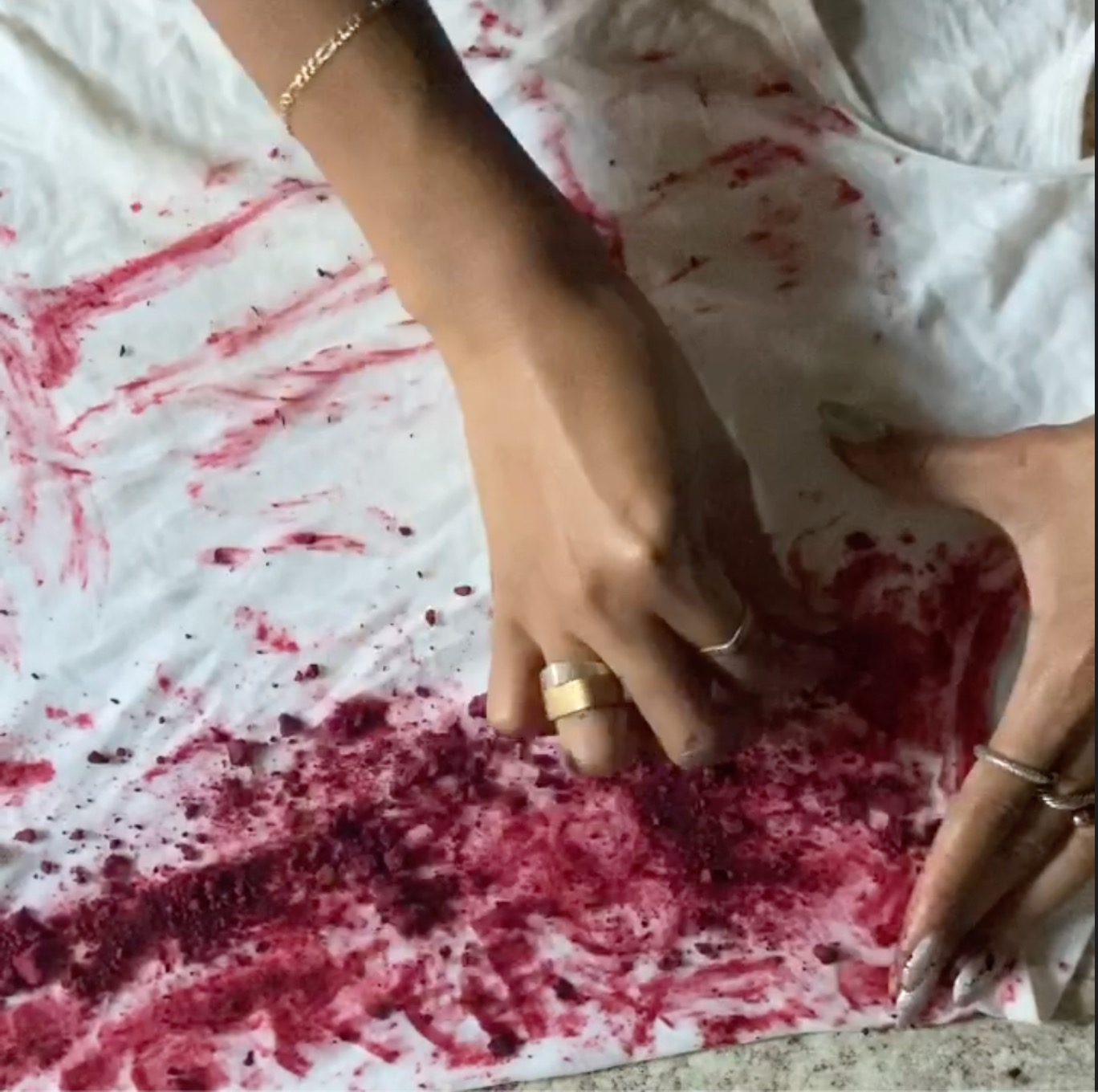
NC:
There’s so much wasted food. We waste more food than we consume here. My partner is really engaged with this concept called degrowth, which is just the opposite of growth, which is what capitalism is, neverending growth. And the concept of degrowth is based on this idea that you don’t really need more than what we have; don’t take more than what you need from the environment. You don’t need more if you already have enough. So when I think about how I go about my work and the commercialization of food and how people are starving, but there’s excess food wasted relates a lot to how I think about art in general. Food is interesting because it’s a creative thing, but it inherently has function.
TE:
Yeah.
NC:
There’s so much to the capitalistic nature of art and creative enterprise and wanting to avoid that, but not being able to completely.
TE:
You know, it’s all intent, right. Something I’ve always been very clear about is it’s not ever been about the clothes. It’s about the process. Remembering your ‘why’ creates your way.
NC:
And the making.
TE:
The making, the approach, the intention. It’s that space. What’s your point? What’s your mission? What’s your goal? Who are you when it’s all said and done?
NC:
What do you do with the raw matter that’s left over?
TE:
I’ll be honest – I throw them in my backyard. If they’re flowers or food matter, I dig a little hole and I let it decompose.
NC:
Just let it go back, return it to the earth.
TE:
Exactly. The leftovers are actually everything – they have the ability to grow and to nourish and be reborn again. It’s a memory. I’m excited to get the season going and start all of these dye seeds. The spark is the essence of my nature and nature itself – There will always be more problems. It’s systematic, by design and a lot of people are making money and eating while a lot of people are making no money and not eating. So where do you start? Do what you can, here, now, today. You won’t save the world but you can find outlets to construct your reality in a meaningful way.
NC:
Is your work really therapeutic for you?
TE:
Absolutely. It’s my saving grace. It really is. It really, really is.
NC:
Got any last words for the people?
TE:
You matter. People matter.
NC:
Facts. You matter. That’s a big truth.
TE:
A big ting dat.
